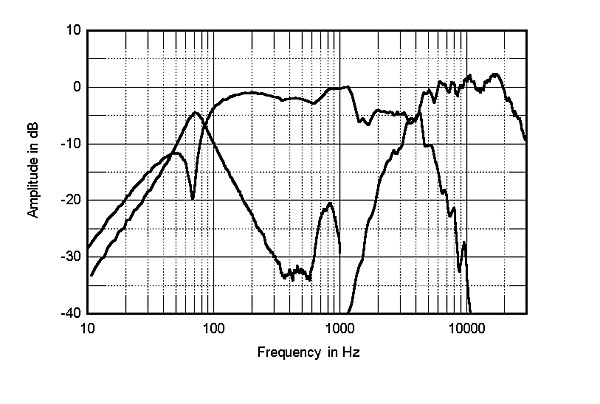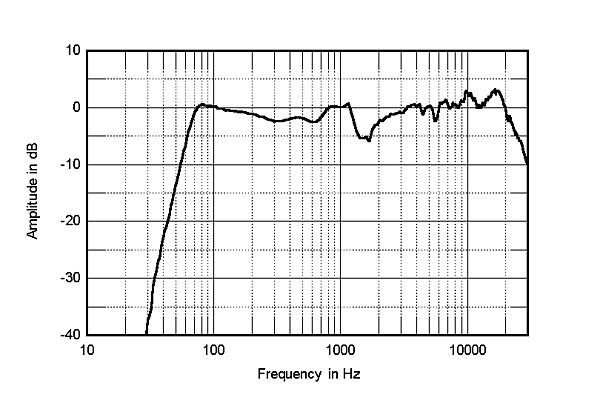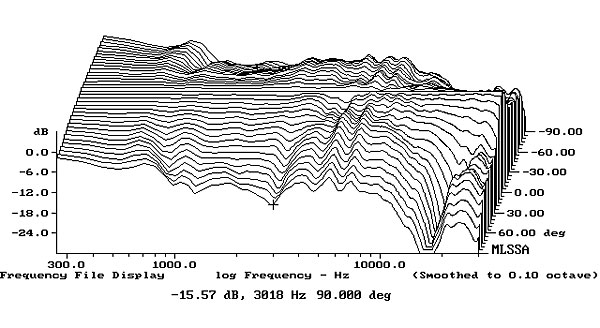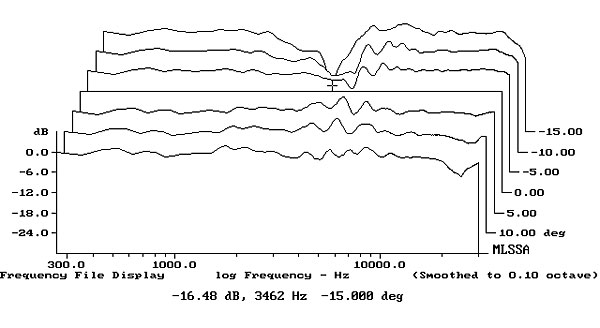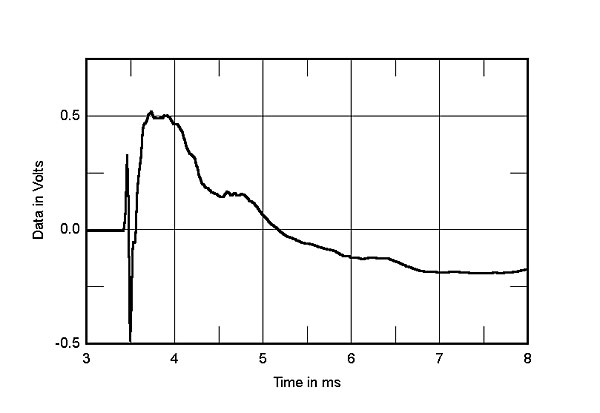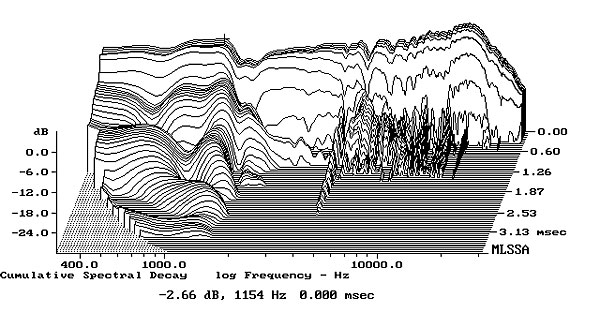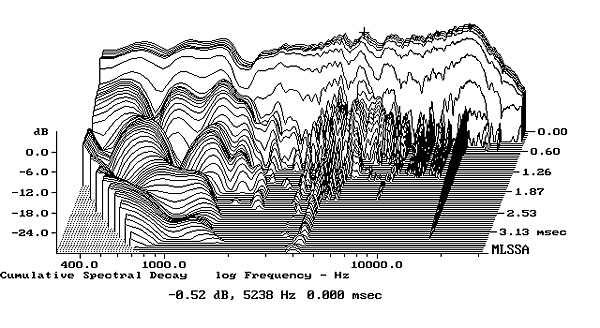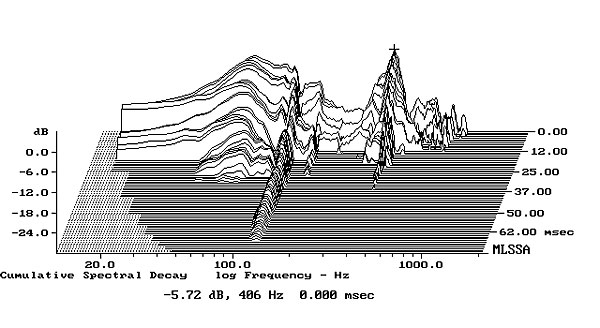| Columns Retired Columns & Blogs |
I first heard these little gems in '98 or so. My impression was that they were more of a musical instrument than transducer and everything I threw at them sounded lovely. I am sure they were not the most "accurate" speakers around (otherwise, most of the music I demoed would have sounded terrible). Unfortunately, at the time, the price was too dear... Ruark was another speaker company that had that "instrument" sound. RIP Wes!

